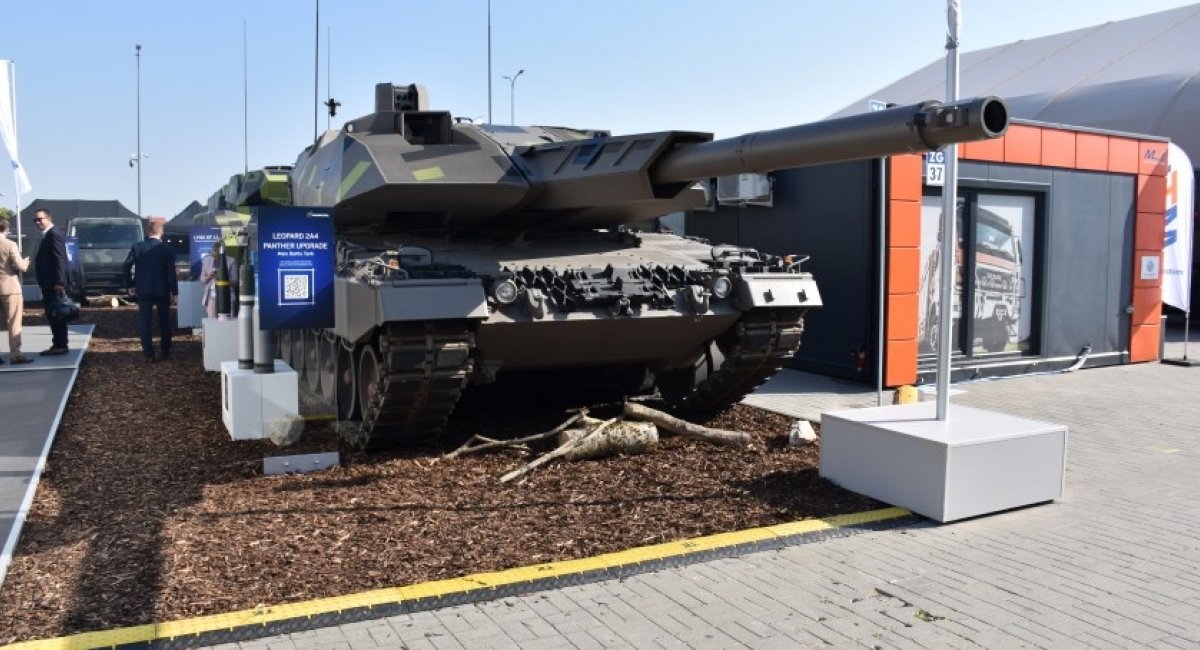- Reaction score
- 2,736
- Points
- 1,090
why the Japanese came up with the type 10Even Germany had problems with bogging down. The problem with farmlands that are loamy is that the low spots retain water more than the high spots - especially in the spring. For very practical reasons, tracked vehicles want to manoeuvre through the low grown so as to stay hull or turret down. Sometimes that bites you in the ass.
You can compensate to a point with track width - in fact the track ground pressure of the lighter Leo 1 (0.86 kg/cm2) isn't much different from that of the Leo 2 (0.89 kg/cm2) or the Challenger 2 (0.9 kg/cm2) but the M1A2 goes up to 1.09 kg/cm2. Its forerunner, the M60, was at 0.77 kg/cm2. Interestingly , T72, T80 and T90s come in at around 0.89, 0.92 and 0.94 kg/cm2 respectively. Not much difference there.
Training plays a big role here. The bridge issue, on the other hand, is a real limitation as it deals with raw weight rather than ground pressure.


Type 10 - Wikipedia
"The predecessor of the Type 10, the Type 90, was deployed only in Hokkaido due to road and bridge weight limitations in mainland Japan. For this reason, weight was a priority in design, as the Type 10 needed to be capable of deploying anywhere in Japan. Size and weight reductions made the Type 10 six tonnes lighter than the Type 90. Approximately 84% of bridges in Japan can accommodate the Type 10, compared to only 65% for the Type 90, and ~40% for other NATO tanks.[16]"



